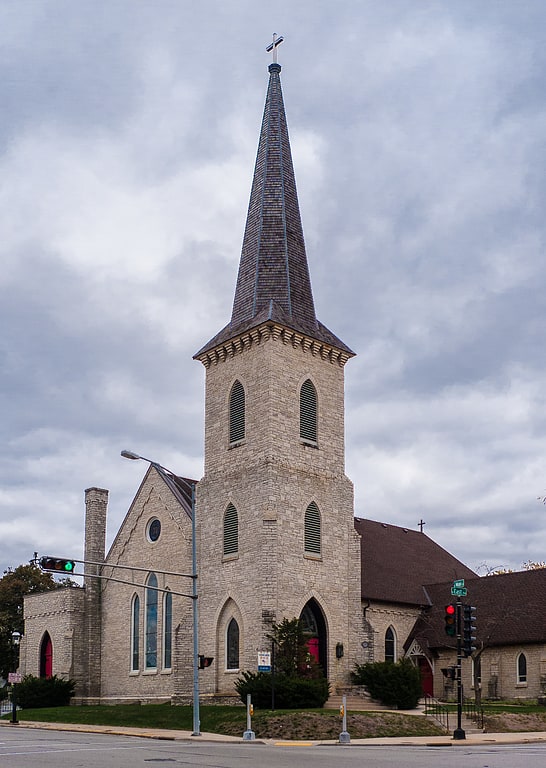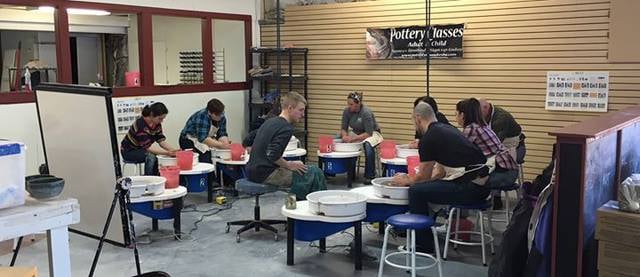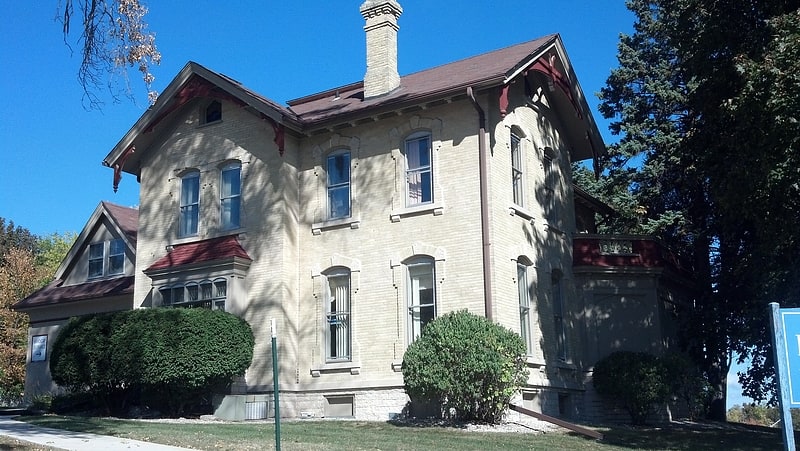Discover 4 hidden attractions, cool sights, and unusual things to do in Waukesha , Wisconsin (United States). Don't miss out on these must-see attractions: St. Matthias Episcopal Church, The Potter's Shop, and First Baptist Church. Also, be sure to include Sen. William Blair House in your itinerary.
Below, you can find the list of the most amazing places you should visit in Waukesha , Wisconsin (Wisconsin).
Table of Contents
St. Matthias Episcopal Church

Episcopal church in Waukesha, Wisconsin. St. Matthias Episcopal Church is a Gothic Revival-styled limestone-clad church built from 1851 to 1855 in Waukesha, Wisconsin. It was built by St. Matthias parish of the Episcopal Church, now in the Diocese of Milwaukee, and is the oldest church building in Waukesha that survives basically intact.
The Waukesha congregation began in 1839 or 1840 when Rev. Lemuel B. Hull of St. Paul's in Milwaukee walked out into the wilds to conduct the first Episcopal services there. In 1843 those early Episcopalians built a little chapel on Barstow Street. In 1844 the parish was formally organized with the Rev. James Lloyd Breck as the first rector. Breck was invited to choose the patron saint of the church. In 1848 Rev. James Abercrombie became rector.
In 1851 the parish began constructing the large limestone-clad building that still stands today. The cornerstone was laid that year with initial pledges of $1,000, but that proved insufficient, and Rev. Abercrombie had to go back east for $4,000 more for the building. The building's style is Gothic Revival, with its emphasis on the vertical clear in the spire and the pointed arches topping the windows and doorways. The walls are of local limestone, dressed, and randomly coursed. The main entrance is through the corner tower. The tower is square, with the lower parts flanked by diagonal buttresses, and the top capped with a spire that rises to a cross.
A side-chapel was added to the building in 1887, built by Eales and Dresden.
On October 28, 1983, the church was added to the National Register of Historic Places as an exemplar of Gothic Revival style in Waukesha and for its fine stonework.[1]
Address: 111 E Main St, 53186-5016 Waukesha
The Potter's Shop

Paint and pottery studios, Gift shop, Classes and workshops, Shopping, Museum
Address: 1314 S West Ave, 53186 Waukesha
First Baptist Church

Baptist church in Waukesha, Wisconsin. First Baptist Church is an American Baptist Church in Waukesha, Wisconsin. The church was designed by E. Townsend Mix in the Gothic architecture style and was built in 1872. It was added to the National Register of Historic Places on October 28, 1983, for its architectural significance.
Baptists first met in Waukesha in 1836 in Nathaniel Walton's cabin. In 1844 they built their first dedicated church building on the site of this later church. In 1871 it was moved to make space for this building.
Mix designed a rectangular main block with walls of rock-faced stone, pointed-arch windows, and buttresses lining the walls. On the front corner stands a tall tower and steeple set diagonally. The main entrance is through that corner tower. A rose window decorates the end with the tower.[2]
Sen. William Blair House

Historical landmark in Waukesha, Wisconsin. The Sen. William Blair House is located in Waukesha, Wisconsin, United States, and was listed on the National Register of Historic Places in 1983.
It was built for State Senator William Blair (1820-1880), who was a prominent businessman and politician. The house's historical significance derives from its association with Blair, as well as its contribution as an example of Italianate architecture in Waukesha. The exterior of the house is still an example of its style, though an addition was added in 1997, as well as window replacements and other minor changes. The interior has been significantly modified and is not considered historically significant.
The house has had several uses over the years, including a stint as a medical clinic. The house was deeded to the city in the 1950s, and as of 2014 is up for sale.[3]